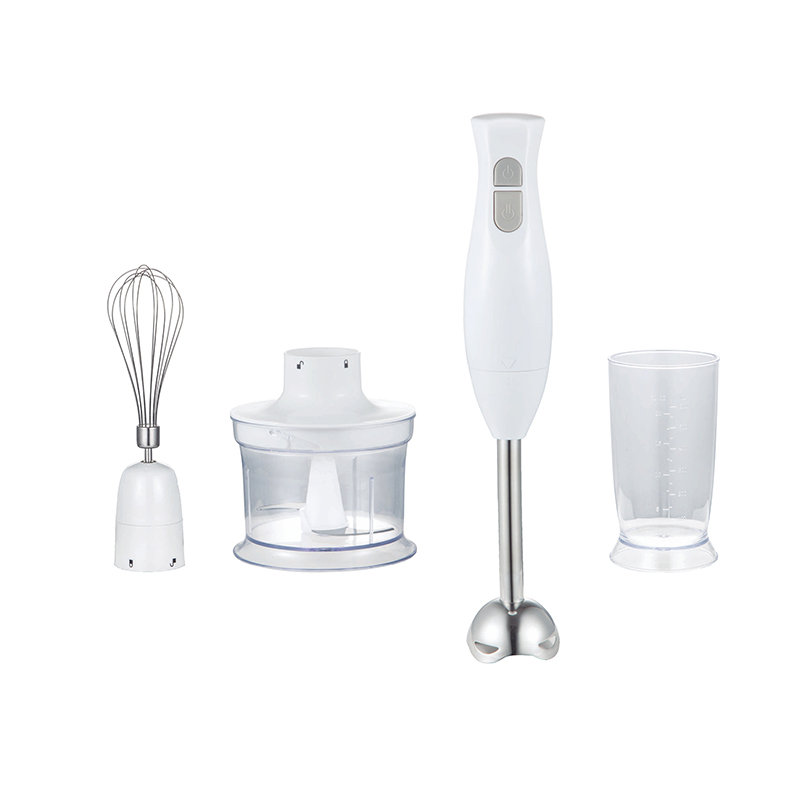Which Innovations And Trends Are Influencing the Growth of the Hand Blenders Market?
The Hand Blenders market has evolved with time due to an increase in a technology, design, and functionality. The consumers of these products are quite busy and require efficiency thus aiming at working both at home and professionally, hand blenders are now a basic need in every kitchen. This article intends to look into the main innovations and market trends that the hand blender industry is going through.

1. Powerful and Efficient Motors
The increasing demand for hand blenders with high performance and effective functioning motors is a trend that is on the rise. In today’s market, there are hand blenders that come equipped with powerful motors that range between 200W to 1000W allowing the users to even blend nuts, crush ice or pure tough vegetables as well. These products are evolving rapidly from every angle allowing the users to perform various cooking tasks more efficiently and in a shorter time period.
2. Design That Is Ergonomic And Appropriately Comfortable
Another important element to consider in the hand blender is ergonomics. New hand blenders come with padded comfortable handles which are non-slip so that the user does not struggle during some long blending. There is also a growing adaptation of user friendly features such as lightweight and detachable parts which ease cleaning and improves the user experience. Additionally, the change toward small and light weight designs is also a plus to consumers who have limited space in the kitchen.
3. Integrated Blender And Extraise Blending Components
In the recent years the hand blenders have become a necessary kitchen device as they serve multiple functions; the hand blender is supplied with a wide range of accessories including a whisk, a chopper and a mill among others. The blender as well as the other appendages allows the user to perform a number of tasks including, but not limit to, whipping eggs, chopping vegetables or even grinding spices. Due to the increasing need of people for all in one kitchen devices, this in turn has forced the supply for hand blenders that fulfill this need thus reducing the number of items required to be kept in one’s kitchen.
4. Cordless & Battery-Operated Devices
There has been a shift in hand blenders owing to the invention of portable and cordless blenders. These models do not require wires, thereby enabling the user to operate a blender in any part of the kitchen. Zte has developed an array of rechargeable lithium-ion batteries that cut down on charging duration while extending the devices’ operation period, which are ideal for consumers that like to move their kitchen tools around
5. Use of recyclable materials while ensuring eco-friendliness
The manufacturers have begun contesting on trust whereby more emphasis has been placed on environmental impact rather than technology prowess. Materials that are biodegradable or environmentally friendly are the best solution to such manufacturers. Companies are working hard to ensure that the quality and longevity of the product are not affected while also ensuring that the packaging is recyclable, and the plastics do not contain any specific chemicals.
Conclusion
The hand blender market continues to expand due to improvements in motor performance, ergonomic configurations, multi-utility functions, cordless models, and ecological considerations. There will be a need for such manufacturers to evolve and shift with the preferences of the consumers, who make demands for appliances to be effective, multipurpose and reusable. Through these groundbreaking designs, what is bound to remain constant is the handheld blender for it is a universal tool, cutting across all boundaries.




